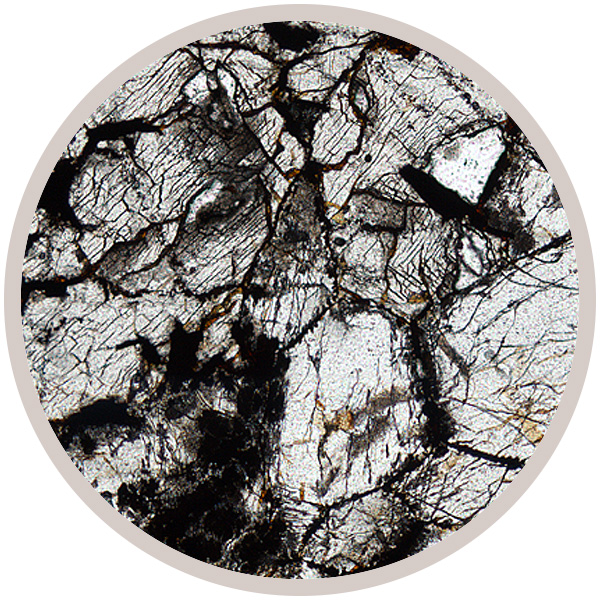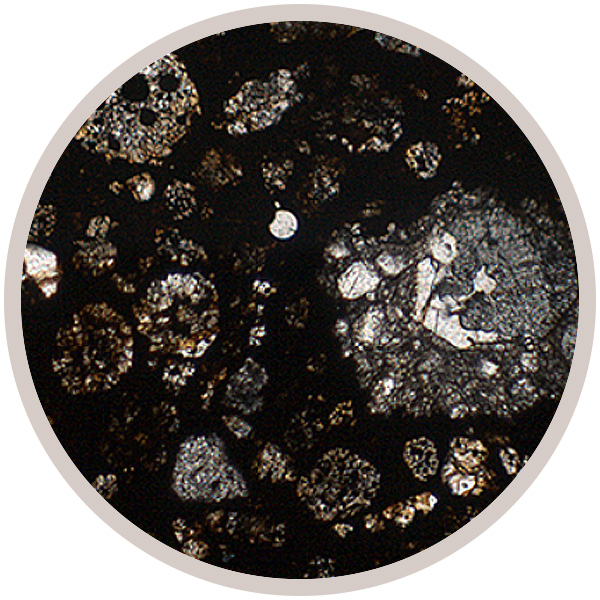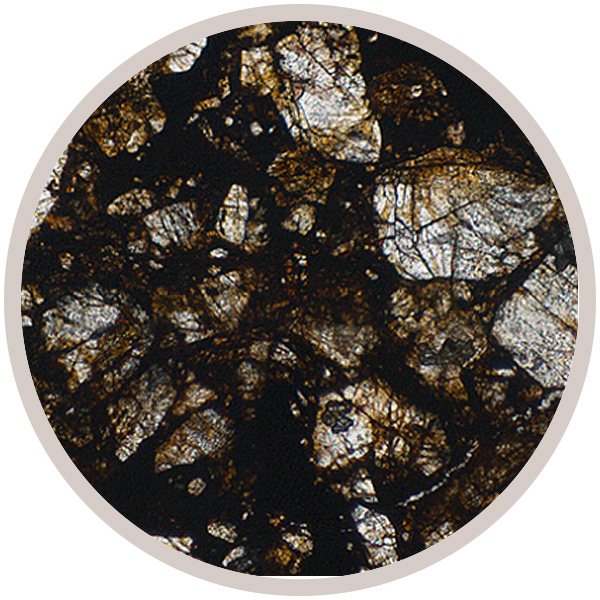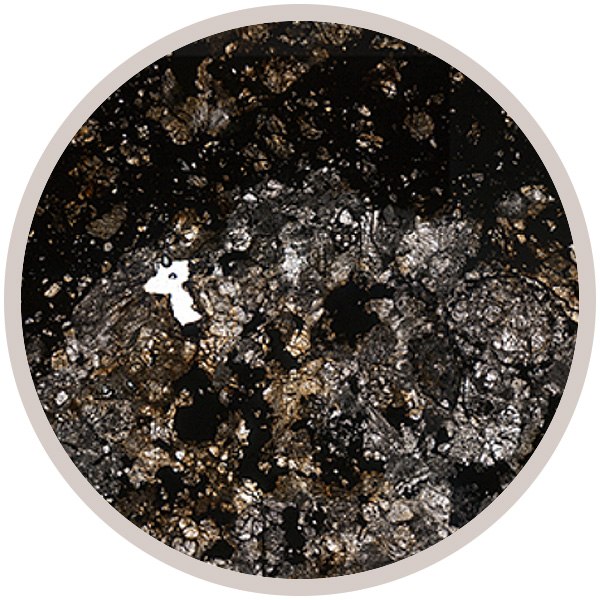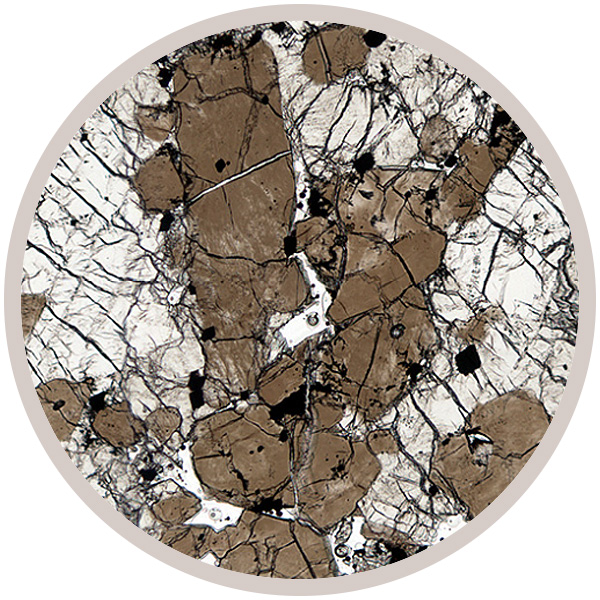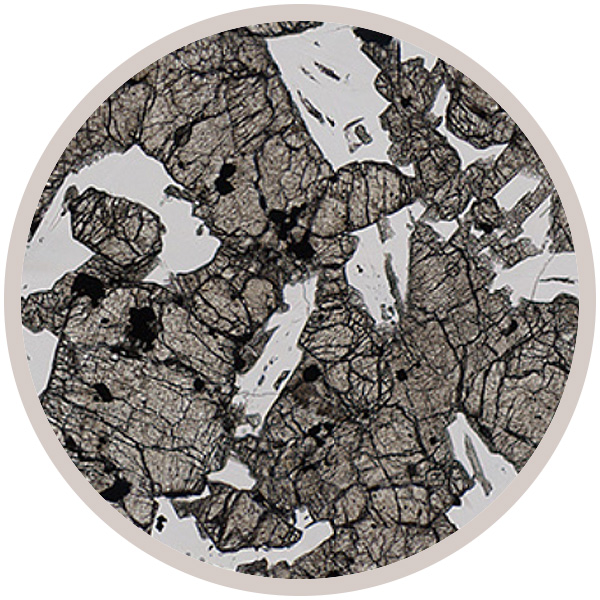
Fact sheet
Location: Roberts Massif, Antarctica
Co-rdinates: 85°32′S 177°5′W
Find or Fall: Find
Date: 2007
Rock type: Shergottite
Weight: 204.6g
Meteoritical Society Bulletin info:
http://www.lpi.usra.edu/meteor/metbull.php?code=44664
Classification: http://www.open.ac.uk/earth-research/tindle/AGT/AGT_Home_2010/MeteoriteClass-2.html
'Space Eyeful: A Virtual Space Microscope'
This collection presents digitised microscope images of rare and usually inaccessible extraterrestrial meteorite samples. The project was funded by the EUROPLANET consortium and is a collaboration between The Open University; The Natural History Museum, London; The Natural History Museum, Vienna; and NASA’s Meteorite Working Group (MWG).
Meteorites fall on the Earth every year, bringing with them information on the make-up of the solar system including the Moon, Mars and asteroids.
Image credit: The Alamat meteorite in situ, courtesy of Dr Svend Buhl, Meteorite Recon

